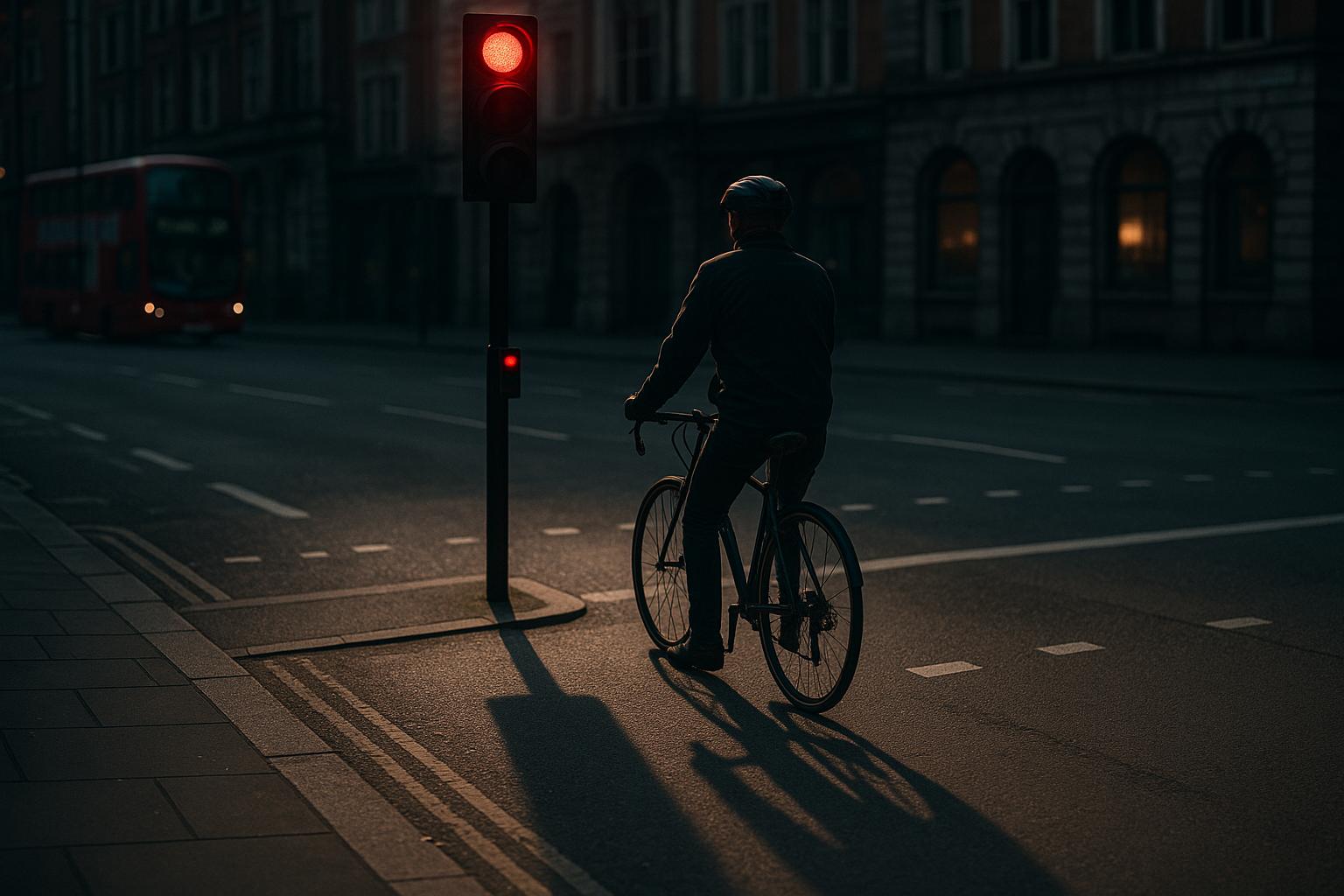Cyclists in London have reached a troubling new peak in incidents involving pedestrian injuries and traffic law violations, according to recent data and reports. In 2024, the Department for Transport recorded 603 accidents where pedestrians were injured in collisions with cyclists—a noticeable increase from the 507 incidents reported in 2023. The rise in danger on pavements and at zebra crossings is particularly concerning, with 321 casualties reported last year, marking a nine per cent increase from the previous year. Tragically, two pedestrians lost their lives in cycling collisions during 2024.
The surge in incidents coincides with a broader pattern of cyclist disregard for traffic signals. A study by e-bike provider Lime found that over half (52 per cent) of cyclists in London admitted to running red lights, with nearly one in six doing so regularly. This risky behaviour is especially pronounced among daily road cyclists, 58 per cent of whom confessed to systematically ignoring red lights. Despite these actions being illegal, many cyclists continue to flout the rules, endangering pedestrians and other road users.
The disparity in law enforcement between cyclists and motorists is striking in parts of London. City of London Police figures reveal that in one of the capital's busiest districts, cyclists have been fined for running red lights at a rate ten times that of drivers. So far in 2025, 284 cyclists have received fines for this offence, compared to just 25 motorists. Current penalties for cyclists involve a £50 fine, while drivers face a £100 fine in addition to three penalty points on their licences. The police have expressed a desire for harsher punishments for cyclists who break the law, citing the greater risk they pose and the higher incidence of offences.
The City of London Police launched a 'Safer City Streets' campaign in July 2025, aiming to reduce both anti-social behaviour and road offences, including the rampant problem of cyclists running red lights. The campaign seeks to create a safer environment not only for pedestrians but for all road users in light of a 50 per cent increase in cycling within the area over the past two years. City-wide, London now sees approximately 1.33 million cycle journeys daily, underpinning the challenge of balancing transport needs with public safety.
Media investigations underscore the scale of the problem. In August 2025, ITV News captured footage of around 200 cyclists running red lights in just one hour along Victoria Embankment during rush hour, illuminating the extent of risky riding habits. Police enforcement is stepping up accordingly; in October 2024, six cyclists were fined over £200 each for repeatedly ignoring traffic signals in a crackdown that authorities hope will deter future violations.
The City of London Police’s dedicated Cycle Response Unit has played a significant role in tackling illegal cycling behaviours over the last year. The unit confiscated over 300 illegal e-bikes and e-scooters and issued more than 1,200 fixed penalty notices, many for running red lights. This unit's efforts highlight the enforcement challenges posed by the increasing popularity of e-bikes alongside traditional bicycles.
While many cyclists recognise the dangers of running red lights—82 per cent in the Lime study acknowledged the risks—there remains a troubling segment unaware that the behaviour is illegal. Public opinion on stricter penalties is strong among the cycling community itself, with 71 per cent advocating for harsher punishments for red-light violations. Reflecting this sentiment, Lime has launched a safety campaign called 'Respect the Red,' targeting high-traffic cycling hotspots with safety messages to encourage compliance.
The growing conflict between cyclists, pedestrians, and motorists in London poses a serious public safety concern. With the rising volume of cyclists on the streets and the persistent disregard for traffic laws by many, pressure is mounting on the government and city authorities to introduce stronger regulation and enforcement measures to protect vulnerable road users.
📌 Reference Map:
- Paragraph 1 – [1]
- Paragraph 2 – [1], [4]
- Paragraph 3 – [1], [3], [2]
- Paragraph 4 – [2], [1], [3]
- Paragraph 5 – [4], [1], [2]
- Paragraph 6 – [5], [6]
- Paragraph 7 – [1], [6], [7]
- Paragraph 8 – [1], [4], [3]
Source: Noah Wire Services
